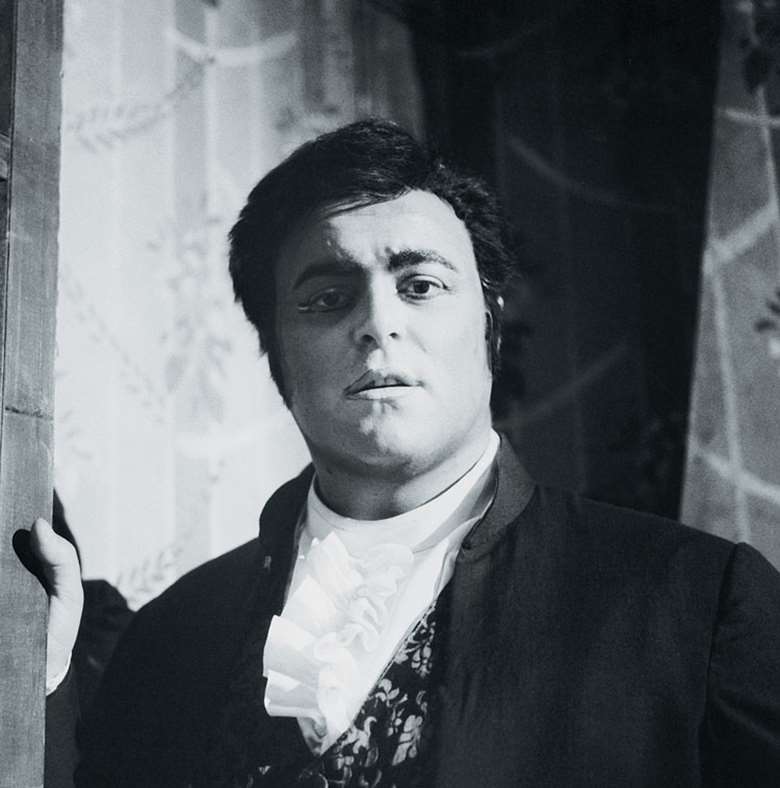Pavarotti and us
John Steane
Saturday, August 5, 2017
John Steane surveys the recorded career of Luciano Pavarotti through the pages of Gramophone (October 1997)

Register now to continue reading
Thanks for exploring the Gramophone website. Sign up for a free account today to enjoy the following benefits:
- Free access to 3 subscriber-only articles per month
- Unlimited access to our news, podcasts and awards pages
- Free weekly email newsletter








